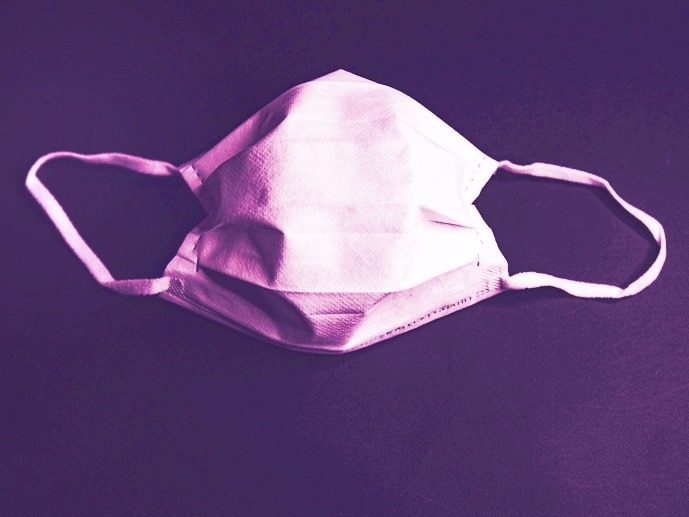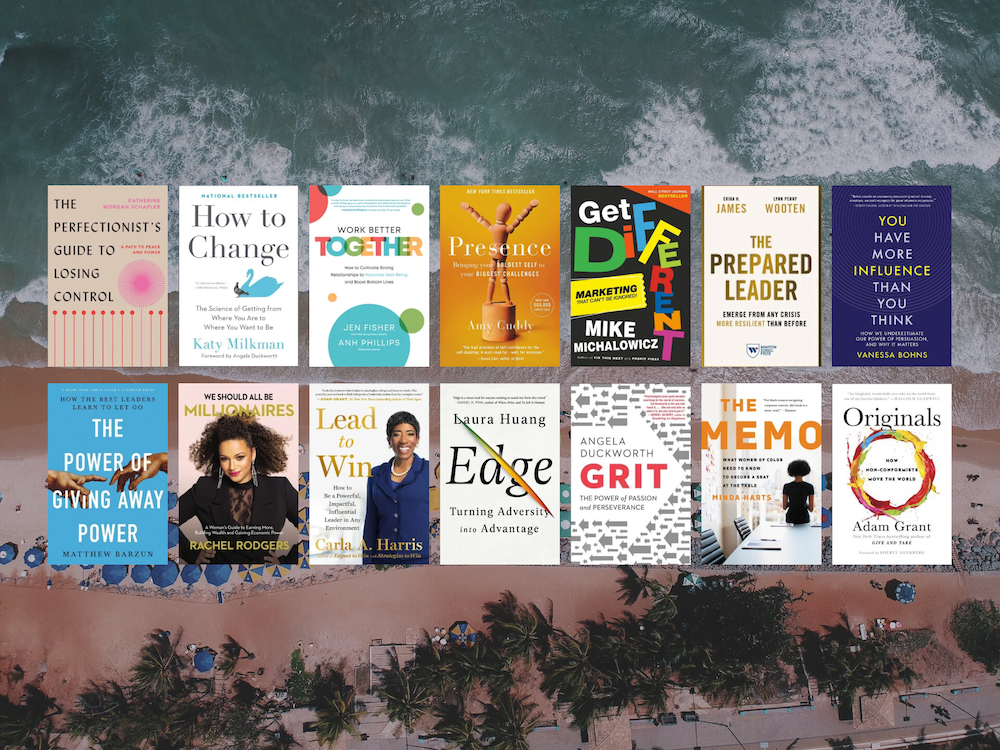Hidden impact: how mental health sharing influences hiring choices

As we scrolled through our social media feeds even just a few years ago, encountering candid posts about mental health challenges was largely unheard of. Fast forward to today, and it’s striking how common it has become for people to openly discuss their mental well-being on platforms like Facebook, Instagram, and LinkedIn.
This cultural shift towards greater transparency is undoubtedly significant, reflecting a collective effort to dismantle the long-standing stigma associated with mental health issues. However, it’s important to note that, while the trend of sharing personal mental health experiences has gained momentum, empirical evidence supporting its effectiveness in reducing this stigma is somewhat lacking.
Does Social Sharing Help or Hurt?
At first glance, it might seem logical that openly discussing mental health challenges would naturally lead to greater understanding and empathy. But the question we should be asking is: Does it actually work as intended? Are there positive outcomes, such as increased awareness and reduced stigma, and are there potential negative consequences that individuals may encounter when they choose to disclose such personal information?
These are not simple questions to answer and this is where research comes into play. In a national survey conducted in 2020 among individuals aged 14 to 22, a remarkable 90% of teenagers and young adults who exhibited symptoms of depression revealed that they actively seek information about mental health issues online through other people’s health stories told through blogs, podcasts, and videos. About three in four young teens seeking information online about depression said they were looking for personal anecdotes from people who had suffered in the past, which supports the idea that digital sharing can be especially helpful for young people to feel less alone.
At a time when social media plays a significant role in professional networking and job-seeking, a recent study out of North Carolina State University is shedding light on mental health posting and how it translates in the corporate world hiring process. The new research published in the Journal of Business and Psychology finds job candidates are actually viewed differently if they discuss mental health online. Overall, regardless of the applicant’s gender and the evaluator’s age, when candidates wrote about experiences with anxiety and depression on LinkedIn, this influenced hiring professionals’ impressions of the candidates.
“So what we found was that those who disclosed anxiety and depression on LinkedIn were perceived less favorably in terms of their work-related personality traits,” says Jenna McChesney, first author of the study and assistant professor of psychology at Meredith College who worked on the study while a grad student at NC State. “Specifically, they were seen as less emotionally stable and less conscientious. However, they were not expected to perform differently on the job if hired, which was a really encouraging finding.”
The researchers enlisted 409 professionals with hiring experience to participate in the study, dividing them into four groups. One group was shown the LinkedIn page of a job candidate, with no mention of mental health challenges. A second group saw the same page, but it also included a post mentioning the candidate’s experiences with anxiety and depression. The third group saw the LinkedIn profile and heard an audio interview with the candidate. The final 25% saw the LinkedIn profile, including the post about anxiety and depression, and heard the audio interview. Each participant was then asked a series of questions about the job candidate’s personality and future performance in the workplace.
The Pandemic’s Impact on Mental Health and Workplace Awareness
While the COVID-19 pandemic exposed many issues, one of the most pronounced has been the growing cracks in the way the United States fails to address and acknowledge the mental health crisis, with the global prevalence of anxiety and depression increasing by a massive 25% in just the first year of the pandemic alone. The nonprofit Business Group on Health’s annual survey of large employers found that 77% were seeing increased mental health issues, such as depression, anxiety and substance abuse disorder. An additional 16% said they anticipated mental health impacts in the future. That share represents a stark jump from BGH’s 2022 survey, in which 44% of employers said they were seeing mental health impacts.
So with mental health challenges growing and awareness spreading, how can applicants be authentic online while simultaneously protecting themselves from potential hiring discrimination? Ultimately, the researchers emphasize that job seekers shouldn’t stop sharing their struggles with anxiety or depression on social networking sites like LinkedIn, but they encourage users to excercise discretion before they make the decision of whether or not to disclose.
“There’s a lot of different definitions out there of what authenticity really is; one definition of authenticity that I like is trying to match your actions and your words with your values,” McChesney explains. “So what that would require is understanding what you value and trying to live up to those values both in your personal and your work life, it involves some individual soul searching.” One candidate who identifies strongly as a mental health advocate may have a starkly different set of values than another who also struggles with mental health but doesn’t see that as a significant part of their identity or a critical part of their personal advocacy.
Challenging Subconscious Bias: A Systematic Approach
From an organizational standpoint, eliminating mental health stigma is complex and unclear. It requires a profound shift in how we perceive and address mental health issues within our workplaces and communities. This shift involves recognizing the need for change while actively seeking out strategies that can dismantle deeply rooted stereotypes and biases. A 2019 national poll by the American Psychiatric Association (APA) highlighted workplace mental health stigma. Around half of workers were apprehensive about discussing mental health concerns at work, with over a third fearing retaliation or job loss if they sought mental health care. Only one in five workers felt entirely at ease discussing mental health. The survey revealed a generational gap, with millennials nearly twice as likely as baby boomers (62% vs. 32%) to be comfortable discussing their mental health.
“If you ask most people on the street whether they’re biased against people whose struggle with mental health, the answer is usually no,” McChesney observes. “It’s usually something more at the subconscious level that’s going on which has implications for us as we try to move towards a more inclusive society.”
Consequently, our focus should center on systemic-level changes that we can institute to address these underlying biases. One potential avenue for mitigating subconscious biases and creating a level playing field for job applicants involves organizations implementing guidelines for the use of LinkedIn during the hiring process. This proactive approach ensures that all candidates are evaluated fairly. McChesney underscores the importance of organizations recognizing that while LinkedIn serves as a digital resume, it is also a social media platform. Therefore, organizations are responsible for considering how to limit the exposure of HR representatives to information unrelated to the job when they view LinkedIn profiles.
A Global Call for Action: Prioritizing Mental Health in the Workplace
The commitment to addressing mental health concerns in the workplace extends beyond individual organizations. The World Health Organization (WHO) and the International Labour Organization (ILO) have called for tangible action to address mental health concerns and even developed new mental health at work guidelines recommending actions to tackle risks to mental health such as heavy workloads, negative behaviors and other factors that create distress at work. For the first time, these recommendations also emphasize the importance of manager training, equipping upper management to prevent stressful work environments and effectively respond to workers facing distress. This holistic approach reflects a growing recognition of the need to prioritize mental health and well-being in the workplace.
The truth is, despite the prevalence of these discussions on social media, we are still in the early stages of understanding the true impact of sharing mental health experiences online. We need more robust studies to delve into the effectiveness and the potential outcomes—both beneficial and adverse—of these disclosures. Whatever your preference is, the decision to share personal mental health stories is individual, unique, and requires thoughtful considerations.
“It’s about taking a step back and taking a moment to pause and reflect, thinking about how it might impact you as a person before you make that decision,” McChesney adds.

Photo from Diego San







